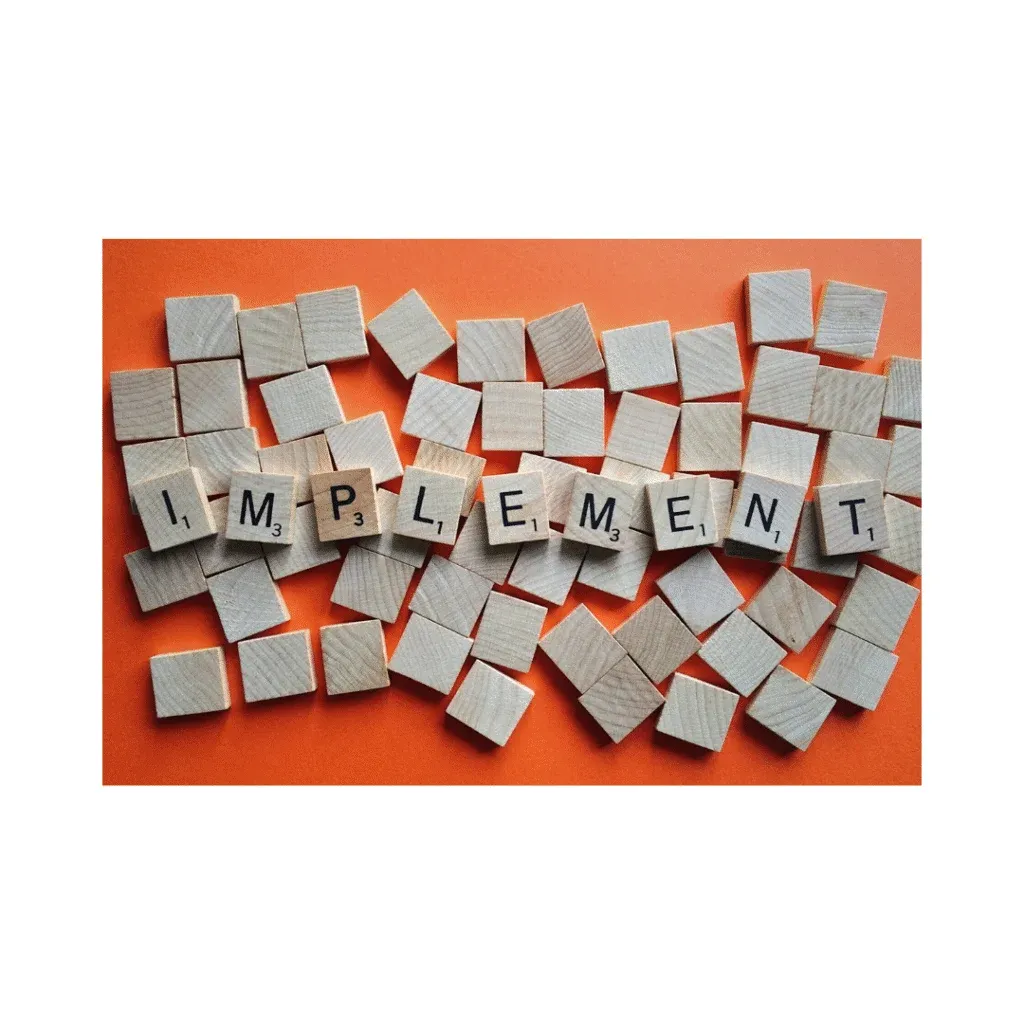Manufacturing CFOs help guide companies through tough economic times. High interest rates, rising prices, and new tariff rules from the administration are changing how money is managed in manufacturing. These changes affect cash flow, loan costs, supply chain choices, and profits. The challenges can be tricky, but they allow CFOs to step up with smart financial moves and tech tools.
Using ERP systems lets leaders see what’s happening right away, handle key tasks automatically, and make solid decisions to keep the business firm. Here are some practical strategies for CFOs to tackle economic pressures, lower risks, and keep finances steady.
Rising Interest Rates: Challenges for Borrowing and Investment
Businesses now pay more for loans, equipment purchases, and expansion projects. This makes financial planning more critical—every decision, whether funding new machinery, increasing inventory, or scaling production, comes with higher costs. CFOs must carefully evaluate their options to avoid unnecessary expenses and maintain profitability in this challenging environment.
How to Manage High Interest Rates and Optimize Cash Flow
- Optimise working capital to reduce debt. Better cash flow management starts with tracking key metrics. Focus on days payable outstanding (DPO), days sales outstanding (DSO), and inventory turnover. These help businesses use cash more efficiently and avoid unnecessary borrowing.
- Adjust payment terms for better cash flow. Shorter payment terms for customers mean faster cash inflow. At the same time, extending vendor payments lets manufacturers hold onto cash longer. This balance improves liquidity without extra debt.
- Use automation to speed up collections. ERP systems can send automatic payment reminders and provide insights into customer payments, reducing delays and helping businesses get paid on time.
- Improve cash flow visibility with real-time data. ERP tools offer forecasting to accurately predict cash needs, helping CFOs plan and avoid last-minute borrowing.
Inflation Challenges: Rising Costs and Margin Pressures
Prices for labor, raw materials, and shipping keep rising. Some manufacturers can pass these costs to customers by raising prices. But others can’t, so their profits shrink.
To handle inflation, companies need two key things:
- Strong contract management – Locking fixed prices with suppliers or customers can help control costs.
- More flexible supply chains – Finding alternative suppliers or adjusting logistics can reduce reliance on expensive sources.
Without these steps, rising costs can hurt margins even more.
How to Manage High Inflation
- Lock in supplier prices with long-term contracts. Signing agreements that set prices for a while can keep expenses steady. Using blanket purchase orders or vendor deals tracked in an ERP system helps ensure pricing doesn’t jump around too much.
- Tweak pricing as needed. Businesses that use flexible pricing setups in their ERP systems can change their charges based on changes in costs.
- Manage inventory more efficiently. Holding too much stock ties up money that could be used elsewhere. A sound ERP system shows what’s needed and what’s not, preventing excess stock.
- Monitor labor costs. Wages are increasing, and finding workers can be challenging. An ERP system can predict future labor costs and help businesses plan accordingly.
Tariffs and Trade: The Uncertainty of Policy Decisions
Tariffs make trade policy uncertain because they can suddenly increase material costs. Manufacturers dependent on global suppliers may face unexpected price changes, hurting their profits.
How to Manage Tariff Risks
- Find alternative suppliers. Sourcing from multiple locations or moving production closer to home (nearshore) can help avoid high tariffs.
- Include tariffs on product costs. Instead of treating them as separate expenses, build them into the total cost of goods sold (COGS). An ERP system can help track this for better pricing decisions.
- Adjust pricing when needed. Companies should decide whether to raise customer prices or find other ways to offset tariff costs.
- Stay current on business policy. Since business rules can change quickly, keeping up with trade regulations helps companies plan better.
Manufacturers can protect their margins and reduce supply chain disruptions by preparing for tariff changes.
How ERP Systems Help CFOs Manage Economic Challenges
Economic pressure is not new, but its effect can be strong in an unexpected economy. To stay competitive, CFOs require clear visibility, automation, and substantial financial control of, which an ERP system provides.
Key Benefits of ERP for CFOs:
- Real-Time Financial Dashboards
- Monitor key metrics such as DPO, DSO, warehouse sales, and working capital in real time.
- Quickly identify cash flow problems and adjust strategies accordingly.
- Automated Collections and Payments
- Streamline accounts are receivable to get paid faster.
- Improve accounts payable management to keep cash flow steady.
- Better Inventory and Procurement Planning
- Advanced material requirements planning (MRP) aligns purchasing with actual demand.
- Reduces excess inventory and cuts supply chain costs.
- Scenario Planning and Forecasting
- Simulate different economic situations like rising interest rates, higher raw material costs, or new tariffs.
- Make informed decisions before problems arise.
ERP systems don’t just track data; they empower CFOs to act on it. With better visibility and automation, finance teams can make smarter decisions and keep their companies stable, even in uncertain times.
Economic challenges in manufacturing can be complex. Epiq NetSuite helps manufacturers simplify financial functions, automate processes, and gain better insight. Whether you need to manage cash flow, improve operations, or prepare for market changes, we can help.







